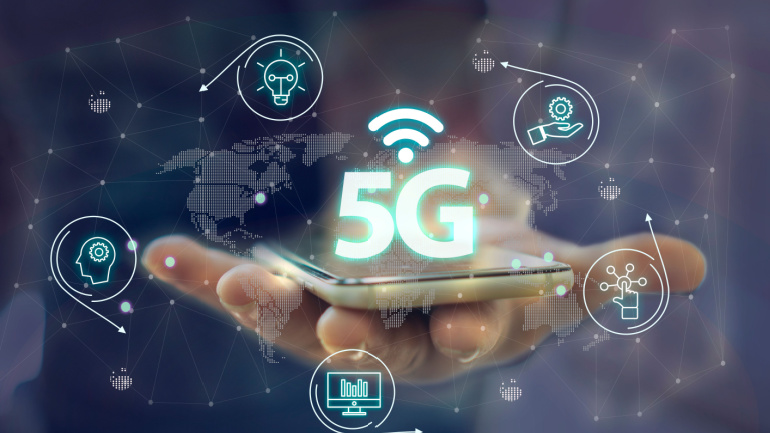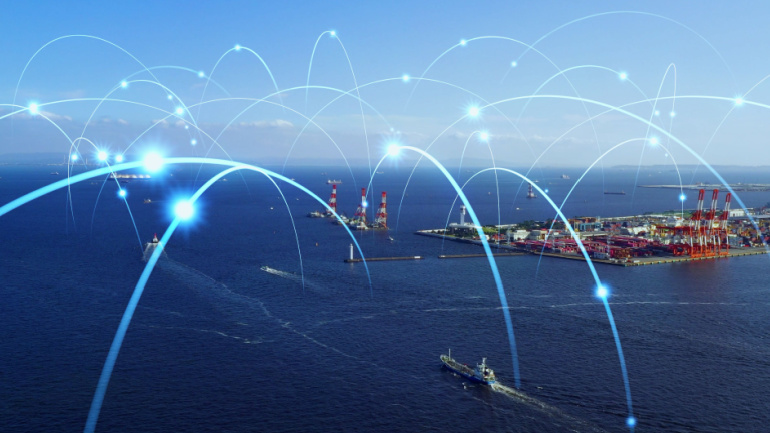In a strategic move set to revolutionize financial support in the telecommunications sector, Telin has joined forces with Lighter Capital, a financial ally renowned for fostering business growth. The partnership promises a tailored offer for businesses boasting a consistent Annual Recurring Revenue (ARR) of at least $200K, providing an opportunity to secure financing up to 50% of their ARR, capped at an impressive $4 million.
Launched in September, Nokia’s Network as a Code aims to help operators optimize their 5G resources. By granting developers extensive network access, this platform unlocks opportunities for new application creation. With the advantage of 5G’s inherent software-based architecture, such innovative companies like BT Group are exploring unsuspected capabilities for enhanced network quality.
As the interest in AI accelerates globally, a resurgence is noticed in a related sector: data center investment. AI-integrated solutions demand higher processing capability, marking data centers as attractive long-term investments. Recently, a $7 billion data center joint venture was announced by Blackstone and Digital Realty, promising additional data centers and enhanced IT capacity.
Stonepeak, a leading alternative investment firm specializing in infrastructure and real assets, today announced that it has completed the acquisition of a 49% interest in Cellnex Sweden and Cellnex Denmark (“Cellnex Nordics”), the Swedish and Danish operations of Cellnex Telecom (“Cellnex”), Europe’s largest independent operator of wireless telecommunications infrastructure, for a total value of c. EUR 730 million, of which EUR 558 million is recognized upfront.
Unveiling a transformative pact in the maritime industry, Spain’s Sateliot and maritime container tracking leader T42 aim to revolutionize container tracking and monitoring with 5G-IoT technology. This exceptional venture will deploy thousands of 5G-IoT sensors linked to Sateliot’s LEO satellite constellation, promising unparalleled oversight over sea-borne goods.
Telefónica, the notable Spanish telecom giant, is hinting at sizable workforce reductions. Yet, figures conflict between reports, leaving uncertainty about the affected employee count. Amidst global economic instability, these layoffs align with Telefónica’s strategic shift to prioritize cash generation and operational excellence. Such a move echoes other industry leaders’ recent job cuts, suggesting a broader trend.
In an ambitious collaboration, Ericsson is partnering with Concordia University, the University of Manitoba, and the University of Waterloo to bolster cybersecurity for 5G networks, utilizing AI and automation solutions. Their objective: foreseeing and mitigating network breaches for both current 5G and upcoming 6G networks while navigating increasing network stress and complex security requirements.
Cellnex, the infrastructure titan, is considering the sale of tower assets in Austria and Ireland in a push to offload financial burdens and deepen roots in the European market. This shift in focus, triggered by last year’s UK Hutch deal completion, aims for organic growth, investment-grade rating, and debt management via strategic divestments. CEO Patuano hints future cash generation post 2027 and potential interest in bidding for Deutsche Telekom’s GD Towers business, crafting a more efficient operational blueprint.
The UK government’s recent decision to continue a tax exemption policy marking network gear costs as deductible pre-tax profit boosts established telecom firms like BT, although smaller enterprises might not see similar benefits. This fiscal initiative heavily benefits BT in their £15 billion full-fibre project, increasing their capital spending by £300 million annually, expediting their fibre rollout to 25 million homes by 2026.
In a significant move, Australia has auctioned off 3.4 GHz and 3.7 GHz spectrum bands, amassing a considerable A$722 million. Telstra emerged victorious, with plans to enhance its 5G offerings, notably in rural Australia. However, Telstra’s rivals also secured frequencies, with speculation around their strategic plans. ACMA chair affirmed the benefits of this allocation for digital connectivity and competition, reflecting the shared optimism of telecom regulators and companies.













